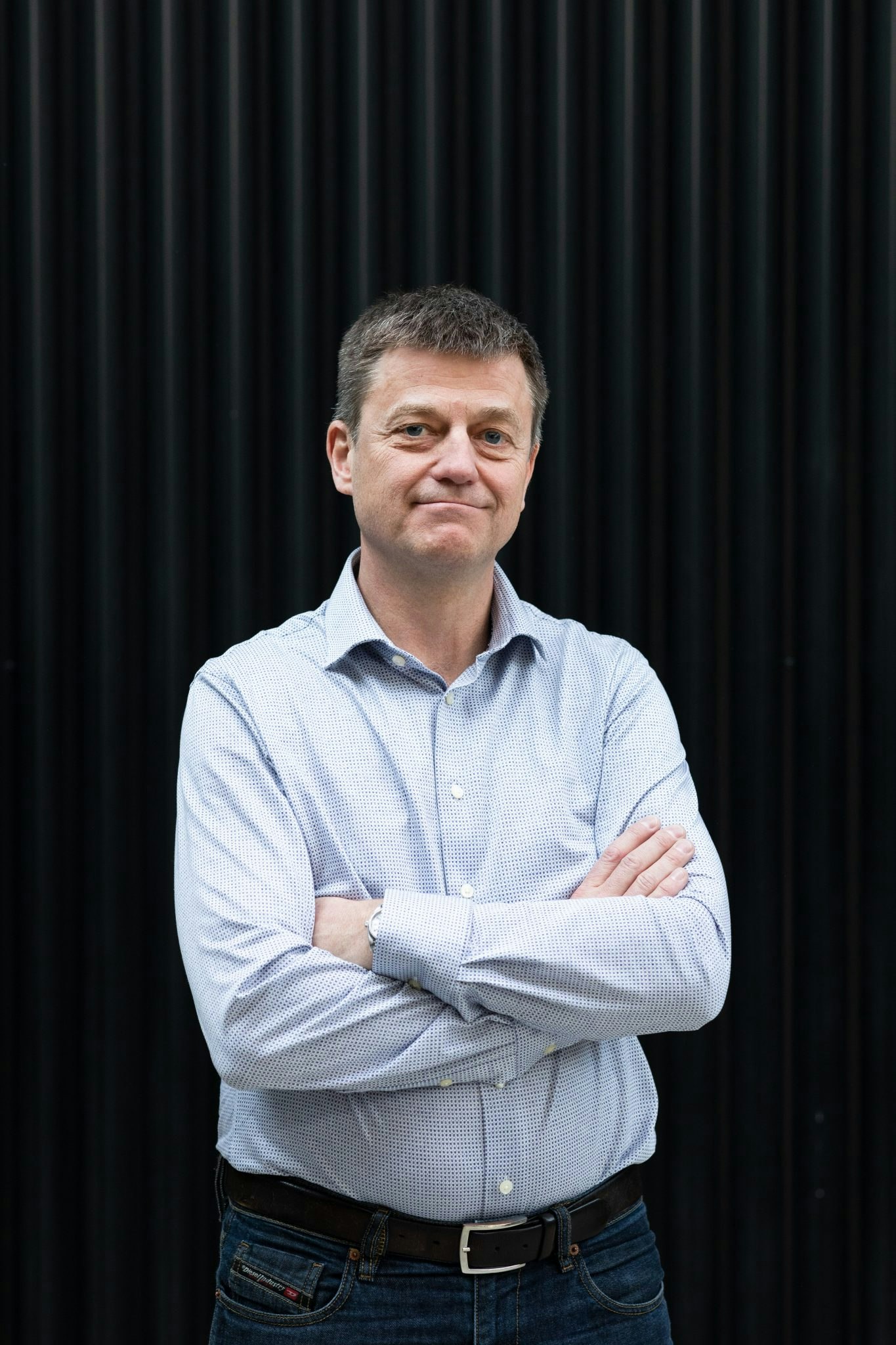Geothermal is one of the less well-funded renewable energy sources. That said, several investors in Europe are bullish on the impact, and business case, behind the technology. One of them is Sebastian Heitmann, cofounder of Berlin-based fund Extantia Capital, who Sifted interviewed for our Sustain newsletter. Sign up here.
What's the elevator pitch for geothermal energy?
We’ve seen the impact of extreme weather events on the reliability of solar and wind energy systems, namely that they cannot provide guaranteed baseload power (the minimum level of demand on the grid).
The missing tech to make solar and wind power viable — long-duration energy storage (LDES), which can hold energy for hours and ideally days or weeks — is in its infancy and will require billions in investor funding to develop and scale. Geothermal energy is in a similar state; however, unlike wind and solar, it requires no LDES solution and is not subject to our increasingly unpredictable weather.
Geothermal drilling startup AltaRock Energy estimates that tapping into just 0.1% of geothermal energy could meet humanity’s energy needs for 2m years to come. Iceland serves as an example of what’s possible if we just begin to scratch the surface: 66% of its primary energy use — and 25% of its total electricity production — is met using geothermal. Best of all, this energy supply is available anywhere in the world.
What’s holding the industry back?
The biggest issue companies in the geothermal energy space are facing is that the deeper you drill, the more energy is available, but the more difficult the conditions become.
According to data gathered by the US Energy Information Administration from 1949 to 2008, the average depth of a development well in the US was just 5,923 feet, or 1.8km. 10km deep is where hardrock energy lies for most places on our planet.
What does the business case behind geothermal look like?
Traditionally the geothermal energy sector has largely been ignored by venture capitalists for a few reasons.
First, there just aren’t that many companies to invest in. Second, the companies in the space will need years to develop and test their tech, which isn’t typically the business model VCs look for. And, third, it is quite a costly industry to operate in. That said, due to new technologies not accounted for in this study, costs for geothermal are dropping.
Land-based wind and utility-scale solar’s startup costs are lower, but those figures don’t account for energy storage costs. Those are dropping, but even the biggest batteries can only store a couple of hundred megawatt-hours. That’s good enough to power hundreds of thousands of homes — but only for a few hours a day. Storing heat is another element without a large-scale solution today.
What’s the latest?
Over the past 18 months the sector has seen a major awakening as hydrocarbon businesses (aka “Big Oil”) are looking at ways to deploy their assets and know-how in other areas. Recent global political events have further increased a demand for power from local resources.


